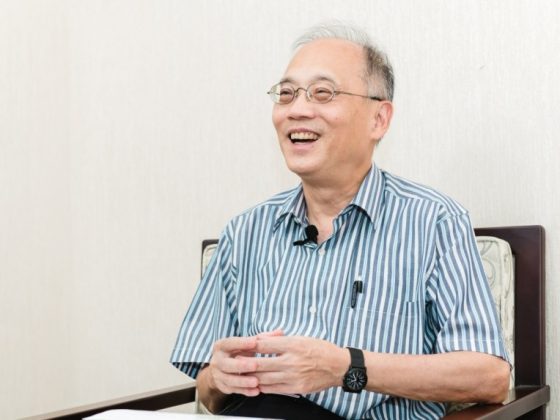WORDS BY Yang Zhihan
PHOTOS BY Lin Jianer, Department of Information and Tourism, Taipei City Government
TRANSLATION BY Joe Henley, JR Wu
The Lantern Festival (元宵節), also known as “Little New Year,” is on the 15th day of the first month of the lunar calendar. On this first full moon of the year, every family decorates their house with lanterns and streamers. The bustling streets are filled with people who are heading to enjoy the illuminated lantern festivals, join lantern riddle games, and eat yuanxiao (元宵) to celebrate the holiday and enjoy precious, quality family time. (Read Also: Eight Taiwan Lantern Festivals (that aren’t the one you think))
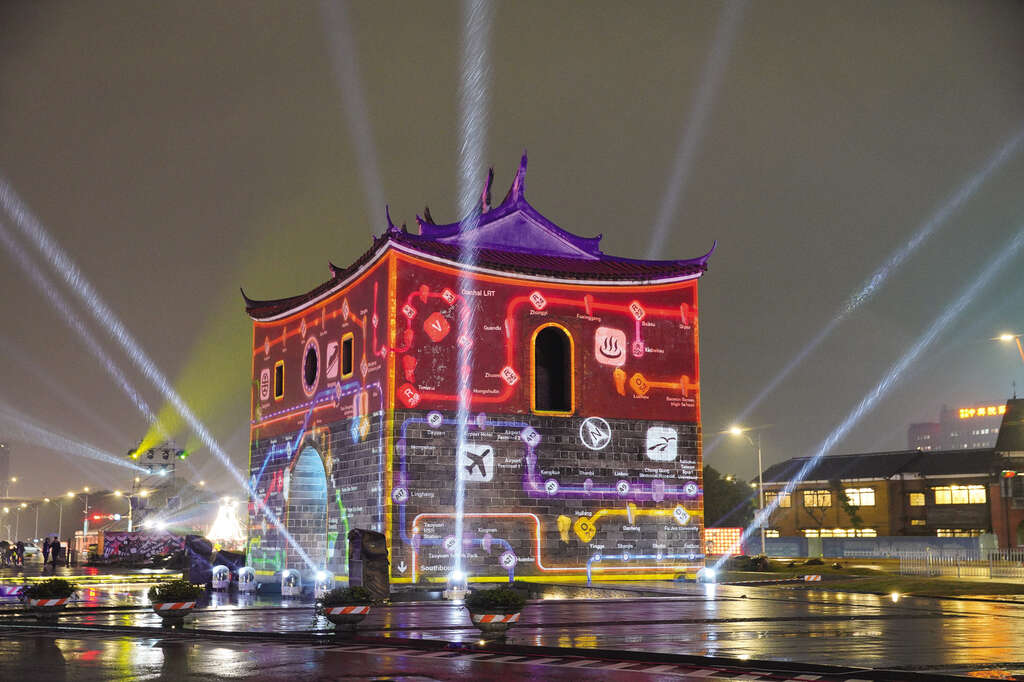
Lin Mingde (林明德), chairman of the Chinese Folk-Arts Foundation (中華民俗藝術基金會), shares the story of the origin of the Lantern Festival. “Legend has it that Emperor Ming of Eastern Han Dynasty (漢明帝) was an advocate of Buddhism. He began lighting lanterns to show respect to Buddha on the 15th day of the first lunar month.” The custom gradually became a grand festival among the people. Along with the Taoist San-Yuan Festival (三元節) and the birthday of Emperor of Heaven (天官大帝), also on the same date, people would celebrate the day by holding a vegan feast and lighting lanterns for blessings. As the years passed, it turned into the Lantern Festival we all love and enjoy.
GULPING DOWN YUANXIAO, WATCHING LANTERN SHOWS AND THE ART OF CHINESE PAPERCUTTING
Among all the customs of the Lantern Festival, eating yuanxiao for good fortune is the most wellknown custom. The difference between yuanxiao and tangyuan (湯圓), which people often get confused, is that yuanxiao is the term used in northern China while tangyuan is used in southern China. Apart from the name varying from place to place, more slight differences lie in the way they are made. Yuanxiao is made by having the filling rolled in a bamboo basket containing dry glutinous rice flour. The step is repeated until the ball grows into a suitable round shape. By contrast, tangyuan is made of a wet glutinous rice wrapper which covers the filling, and is kneaded into a round ball by hand. (Read More: Lantern Festivals, Rice Dumplings, and Other Taiwanese Traditions)
It goes without saying that after having yuanxiao, getting ready to go out to view lanterns is the next logical step. Compared with other Chinese regions, the Lantern Festival in Taiwan has its own characteristics
In the early years, festivals were held in local temples. Women would crawl underneath the temple lanterns to supplicate for a son. In addition, riddles are written on the lanterns for people to guess the meanings. The art of “papercutting” is another indispensable tradition of the Lantern Festival. Paper cut-outs with folk images pasted to the lanterns represent both a sense of artistry and profound humanity.
LANTERNS SHINE WITH THEIR OWN CREATIVITY DAY AND NIGHT
As the main activity of the Lantern Festival, lantern shows used to be an event solely prepared by local temples. There were a variety of large and small lanterns for people to look upon, with exquisite workmanship presenting a wide variety of colorful images. Nowadays, lantern shows are often organized by local governments. By combining local natural landscapes and cultural characteristics, the city becomes a feast for the eyes as the Lantern Festival draws near.
Lin Jianer (林健兒), former chairman of the Chinese Artistic Lantern Association (中華花燈藝術學會) and a light artist who has been involved in the creation of lanterns for more than 30 years, shares his comments. “When making traditional lanterns, thin bamboo strips and rods were used to make the frames and then covered in paper. Today’s lanterns are modified by using iron wire for the frame. After welding, a transparent elastic cloth will be applied to the lanterns’ covers. Later on, the lanterns’ surfaces are decorated with paintings to bring out layers of bright colors.” (You might also like: From Fingertips to Paper: Papercraft Artist Johan Cheng Cuts a Slice of Life’s Most Beautiful Moments)
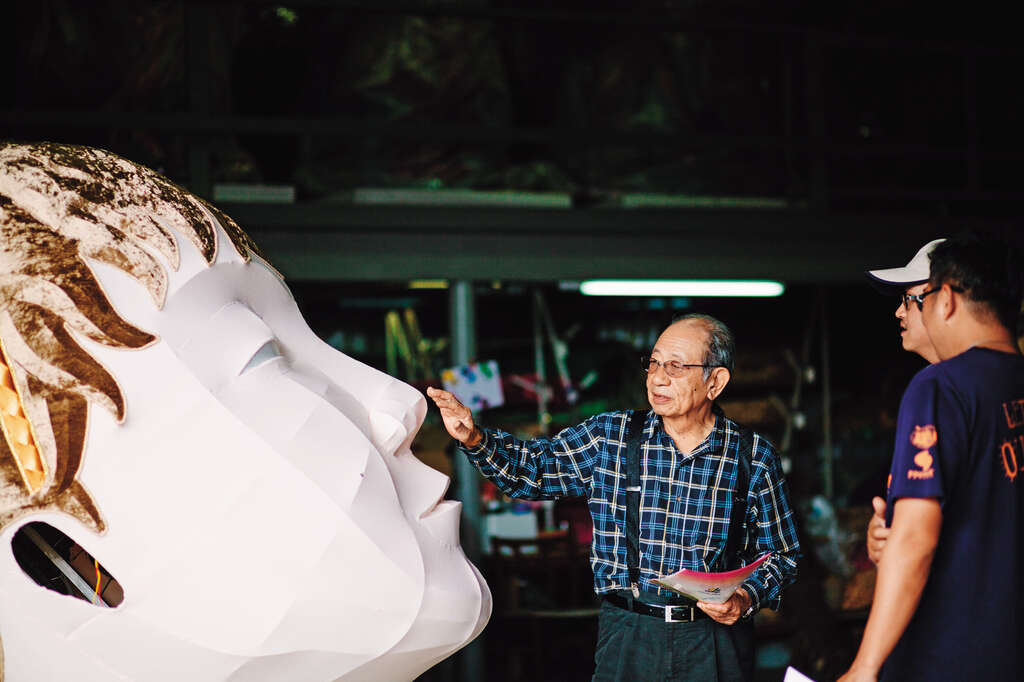
The overall structure, creative design, decorative materials and lighting colors are key elements that make up the art of crafting lanterns. Lin says that the lanterns in the form of human figures are the most difficult type to make. “The proportions of the human body will be distorted after several times of magnification. It usually needs to be sketched and prototyped before officially being put into production.”
FLYING DRAGON DEBUT CREATES AN OVERNIGHT SENSATION IN TAIPEI CITY
Speaking of the history of Taiwan’s Lantern festive events, Lin indicates that the large-scale lantern parade held at the Sun Yat-Sen Memorial Hall since 1983 can be regarded as the antecedent of Taiwan’s Lantern Festivals nowadays. And yige (藝閣, floats), in which children played roles in historical plays, in the folk temple fairs has gradually evolved into displays of electric lanterns that are exhibited on site today.
In Lin’s opinion, the lantern “Auspicious Millennial and Nine Dragons Lantern (千禧祥瑞九龍燈)” exhibited in 2000 at Chiang Kai-shek Memorial Hall, was the most magnificent and unforgettable work in recent years. “Taiwanese believe that a dragon brings water to the world. During the lantern festival that year, it rained for more than ten days in a row, and so people had to enjoy the show together in the rain!” Lin shares, tone rippling with excitement.
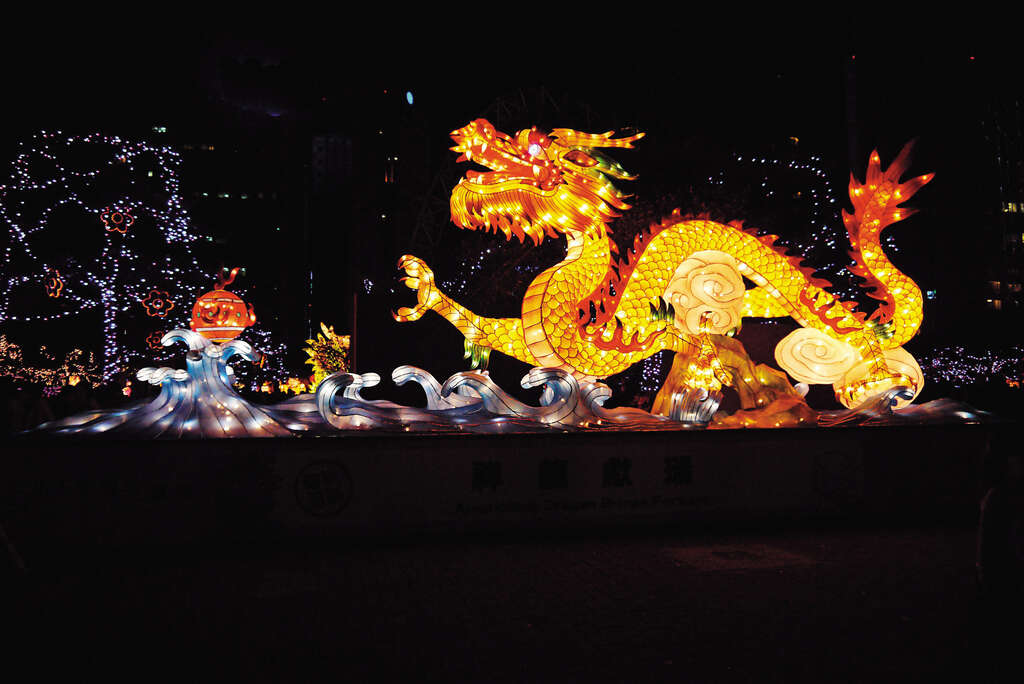
YEAR OF THE MOUSE TURNS TAIPEI INTO A CITY OF STREET ART
The 2020 Taipei Lantern Festival will be held from February 8 to 16, and for the first time, it will be presented in a pair of zones on opposite sides of the city. The West Zone will light up the Ximending (西門町) area, section one of Zhonghua Road (中華路), North Gate Square (北門廣場), Taipei Travel Plaza Part II (交八廣場) and so forth. The East Zone will be around the Nanxing Park (南興公園) and Nangang Station areas to create a fresh, modern atmosphere for Taipei through interactive displays.
What’s more, don’t miss the traditional lantern lighting ceremony. For example, Longshan Temple conducts the lantern blessing event every year from January 15 to February 19 of the lunar calendar. One main lantern representing peace and the other Chinese zodiac lanterns symbolizing blessings for the new year are carefully arranged, to welcome people walking underneath and praying for peace. Moreover, lanterns are hung on the east and west wings, and along the arched ceilings of the temple, further adding to the joy of the festive season.
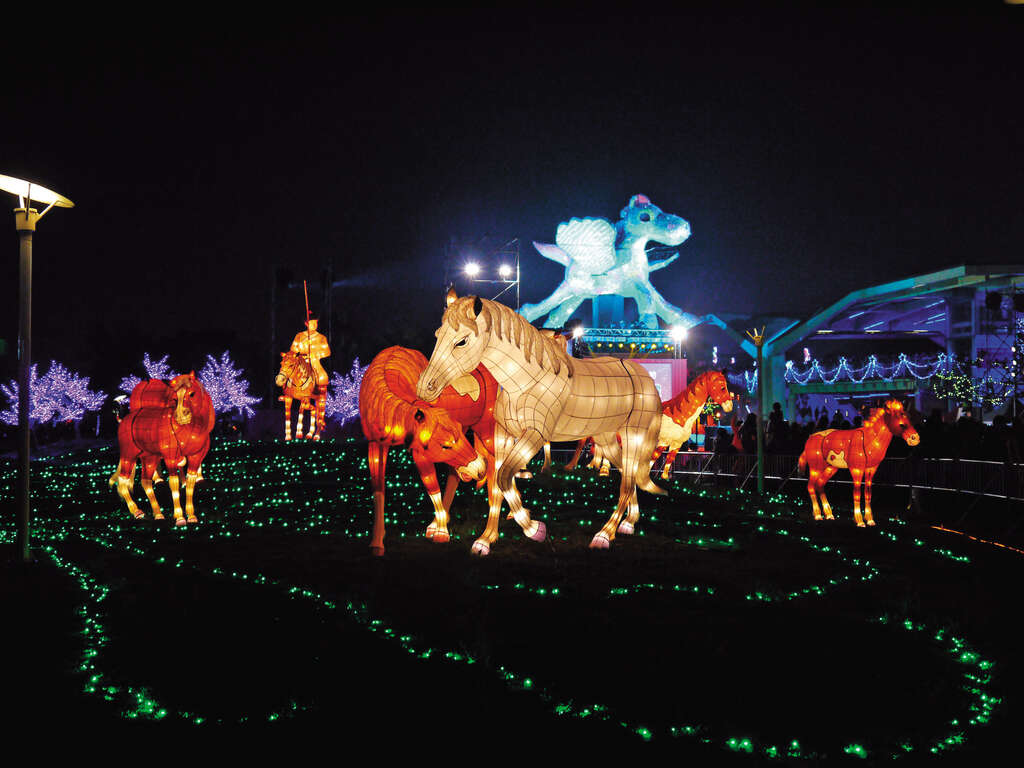
To experience the importance of traditional gatherings firsthand and come together in celebration, do not miss the tremendous upcoming Taipei Lantern Festival!
This article is reproduced under the permission of TAIPEI. Original content can be found at the website of Taipei Travel Net (www.travel.taipei/en).


